Mexico City, the sprawling metropolis in the heart of Mexico, is often overlooked by tourists in favor of the beaches of the Pacific Coast or the Mayan ruins of the Yucatan.
That’s a shame, because while Mexico City might seem intimidating to the first time traveler, it’s packed full of history, culture, and great things to see and to do.
Exploring Mexico City in 3 days will never be enough time to really understand the capital, but it is enough time to see the highlights before you head off to travel the rest of the country.
From the hidden history of the Centro Historico to beer-swigging afternoons spent on the Aztec Canals, there’s a lot to fit in. Here’s the ultimate guide to help you to make the most of your 3 days in Mexico City!
Best Time to Visit Mexico City
Mexico City can be visited year-round, as the capital has a much more consistent climate than many other areas in the country that see big seasonal differences.
Mexico City is found at a high altitude, over 2000 meters above sea level. This gives the city a much cooler climate than coastal areas, and it’s a good place to escape the heat of summer.
The best time to visit Mexico City is between March and May when the weather is perfect. Winter can be a little cold, given the altitude, while June, July, and August can be very hot and rainy in comparison to the rest of the year.
If you’re a culture lover, try visiting the city in September, when the city celebrates Independence Day, or at the end of October, when you can take part in the Day of the Dead celebrations.
How to Get Around Mexico City
The Mexican capital is the largest city in North America, but despite its sprawling size and the huge number of districts, visiting Mexico City doesn’t have to be difficult.
As with many large cities, some areas are best avoided, especially at night. Tourist districts such as Condesa and the Centro Historico are quite safe, however, and there are safe ways to get around the capital and to travel between districts.
The easiest way is to make use of Uber. The ride-sharing app has a huge presence in the city and is the safest way to travel around privately. Hailing cabs on the street isn’t recommended. You can even Uber straight from the airport, and the cost will be minimal compared to the price in many European cities.
If you don’t have access to Uber or to phone data, then always book a Secure Taxi. You can find pre-pay booths inside the airport and bus terminals, or you can ask your hotel to arrange one for you.
If you’re on a budget though, the best way to get around throughout your Mexico City itinerary is to use the extensive metro system. The metro has several lines and connects most districts and major tourist sights. Tickets cost just 5 Pesos, or around $0.20 per ride and include transfers between lines.
The metro system can become incredibly crowded during peak hours though, with huge queues to get on at particular stations, so avoid traveling this way at the start and end of the working day as it can be a claustrophobic experience.
Walking is only recommended in tourist districts, such as the Centro Historico, Coyoacan, Condesa, Reforma, and La Zona Rosa. Crime is a problem in Mexico, so if in doubt, or if you feel uncomfortable, take an Uber or head to the metro.
Where to Stay in Mexico City
There are several areas in the capital where you should consider staying during your long weekend in Mexico City. For safety’s sake, always opt to stay in an area that’s an established tourist zone.
The most central area to stay is the Centro Historico, where you’ll be in the heart of the old city. A great choice offering value and service is the NH Collection Centro Historico. There are also plenty of hostels in Mexico City if you’re staying on a budget.
Many travelers choose to stay in neighborhoods outside the center though, such as Condesa or La Zona Rosa. These are the more affluent areas of the city, where you can find trendy bars and restaurants and where it’s safe to walk around, even late at night.
In Condesa, book into the Four Seasons for unparalleled luxury. In La Zona Rosa, a great choice is the Hotel Century.
However, some of the best places to stay in Mexico City in these trendier districts are Airbnb apartments. For recommendations check out our roundup of the best Airbnbs in Mexico City.
For more accommodation options in Mexico City check out Booking.com. They continuously offer the best rates and their custom service is on point.
The Perfect 3 Day Mexico City Itinerary
There’s a lot to do in Mexico City, and 3 days in the capital will give you plenty of time to see the highlights. You’ll need to be ready for long days, however, as this is a huge city. If you have the time, a few extra days for day trips out of the city or to get into more depth at the museums is definitely worth it. You could easily spend an entire day just walking through the enormous Museum of Anthropology!
However, before we get to our Mexico City itinerary, we just wanted to remind you to purchase travel insurance. You never know what will happen and, trust us, you do not want to get stuck with thousands of dollars in medical bills. As a wise man once said, “If you can’t afford travel insurance, you can’t afford to travel.” So don’t leave home without it.
SafetyWing offers travel insurance for only about $10 a week, making it a no-brainer to get. You can get a quick, non-binding quote below:

SafetyWing is, of course, not the only option available. Two other popular alternatives are World Nomads and Heymondo.
Mexico City Itinerary: Day 1
Your first day in the capital should be spent exploring the Centro Historico, where you can find many of the best things to do in Mexico City. There are lots of great walking tours to show you the highlights, but you can easily find your own way between the best attractions too!
Centro Historico
The Centro Histórico is the most historic part of Mexico City because it’s here that the ancient Aztec capital Tenochtitlan stood for centuries before the Spanish Conquistadors arrived.
The Spanish built their city over the top of the Aztec one, and today you can unearth intriguing layers of history. Walk through colonial streets, admire the European cathedrals, and visit hidden Aztec temples.
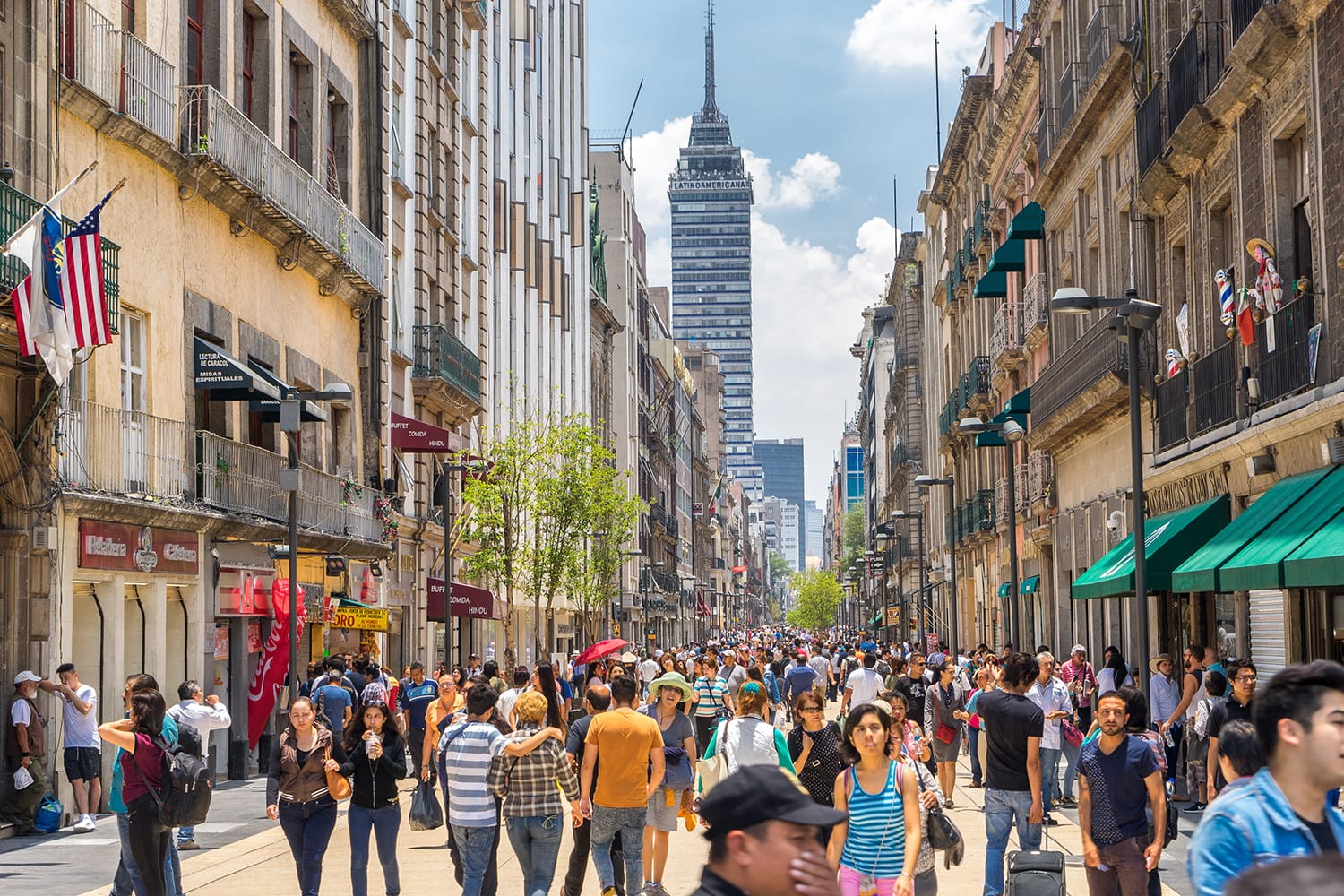
Zocalo
Every city in Latin America has a main square, often called the Zocalo, and Mexico City’s is one of the largest and most impressive in the region.
The Zocalo was the center of the Aztec capital, and today it’s the center of the Mexican capital too. This huge open space is surrounded by cathedrals and palaces, and it’s often the scene of live music and fiestas.
Visit on Sundays for free concerts and events in the Zocalo.
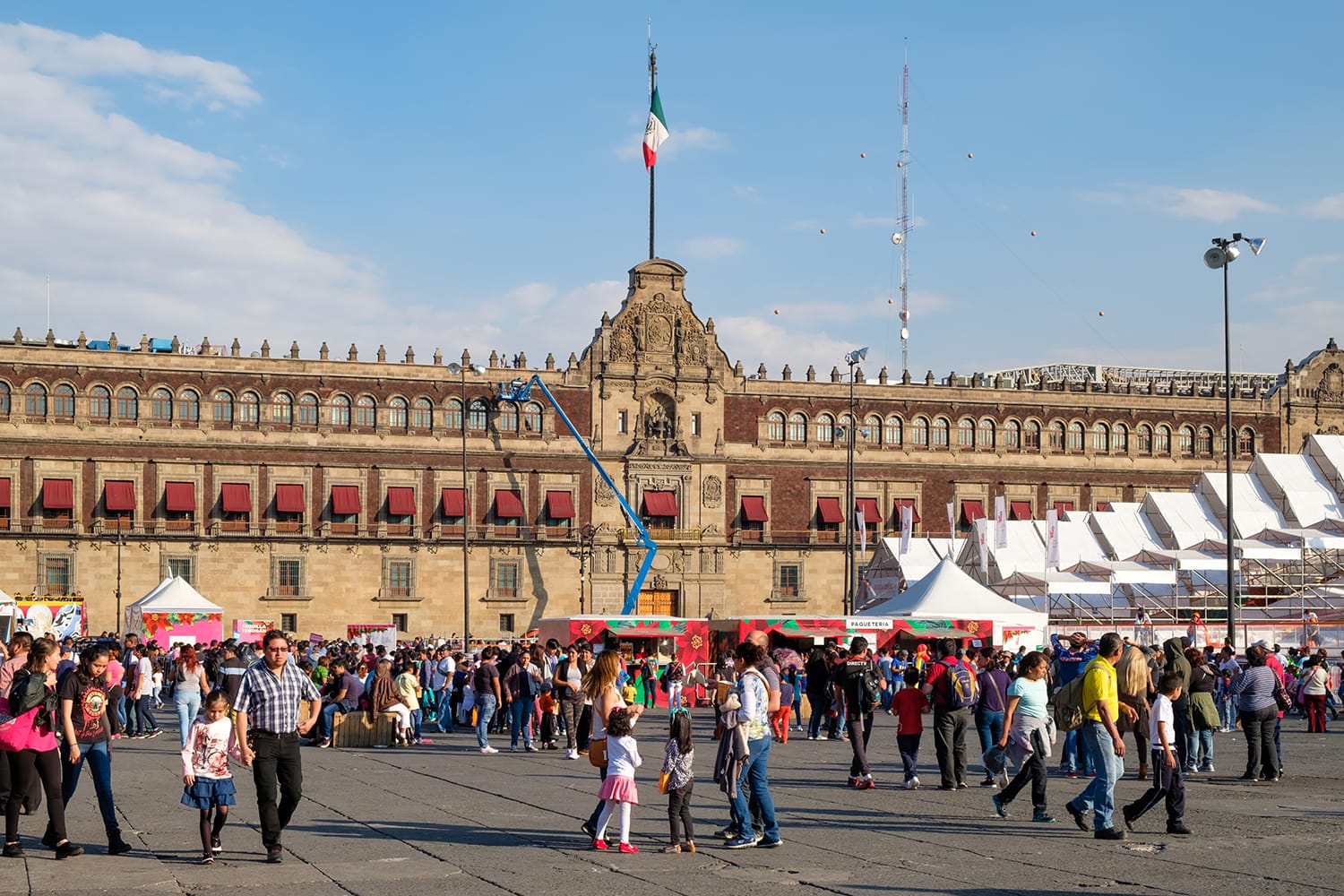
Museo del Templo Mayor
Next to the Zocalo you’ll find the understated Museo del Templo Mayor.
The Templo Mayor was the main temple of the Aztecs, and you can today visit the excavated ruins during your time in Mexico City.
The Spanish tried to hide the Aztec temples and built Mexico City over the ruins, but more recent centuries have seen a resurgence of interest in indigenous history which you can delve into at this excellent museum.
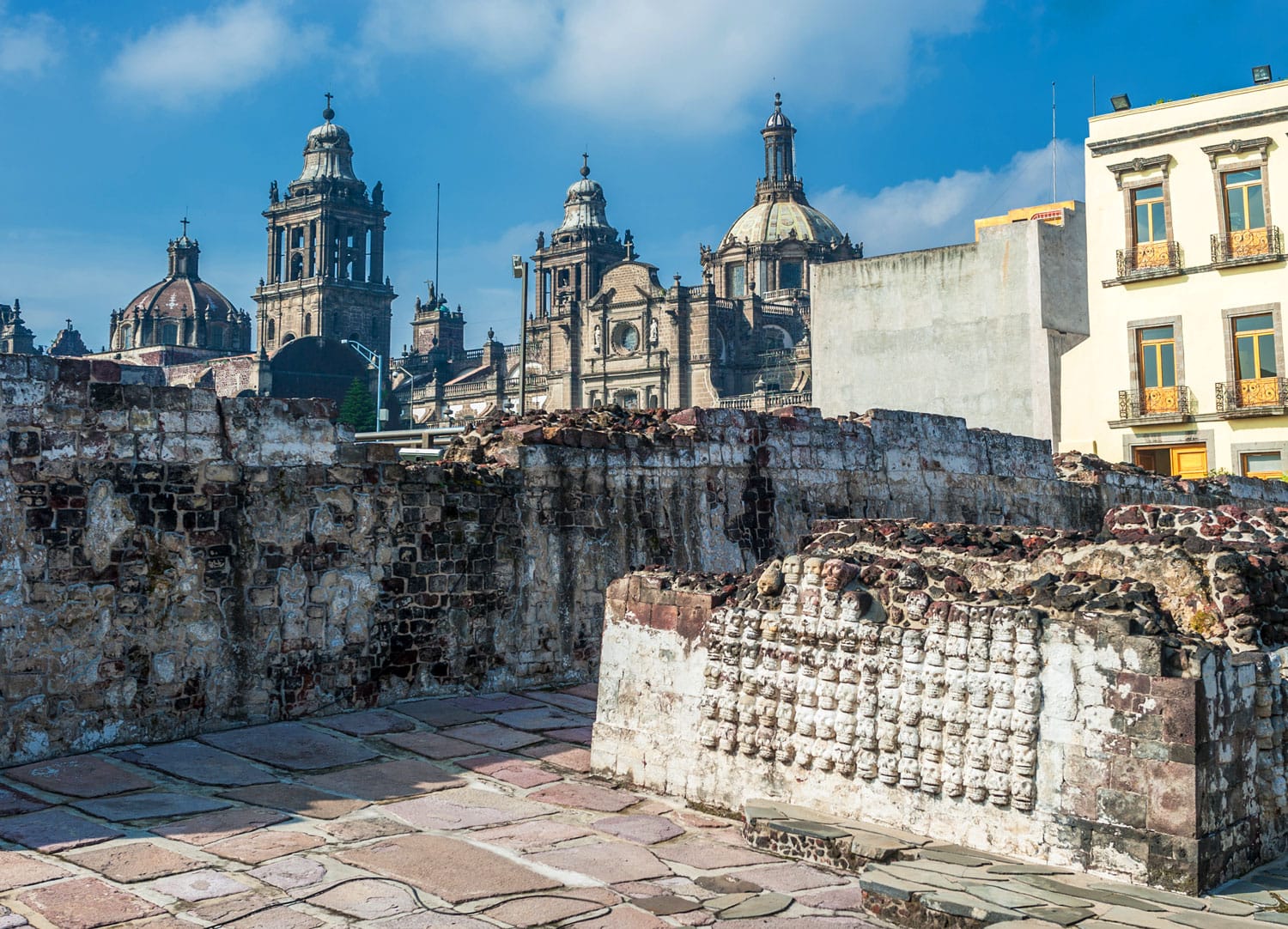
Torre Latinoamericana
The Torre Latinoamericana, or the Latin American Tower, is one of the tallest buildings in the Centro Histórico.
This modern skyscraper is an icon of the city’s skyline and rises to 182 meters in height. Take the elevator to the viewing area at the top where you have uninterrupted vistas over the Mexican capital.
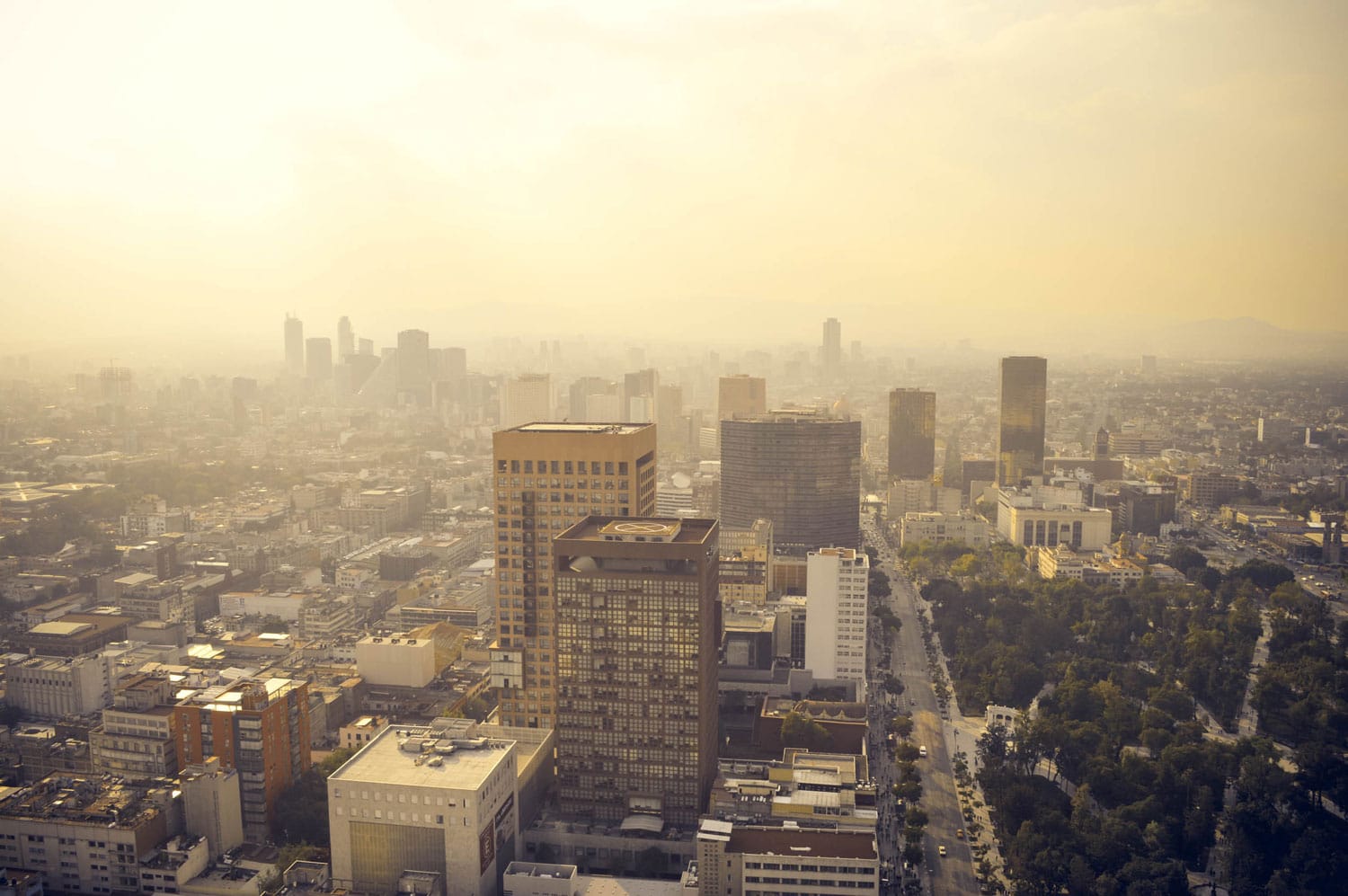
Palacio de Bellas Artes
The grand Palacio de Bellas Artes, or the Palace of Fine Arts, is perhaps the most recognizable building in Mexico City.
Built in a distinctly European style at the start of the 20th century, the palace has played host to operas and ballets and continually hosts art exhibitions throughout the year.
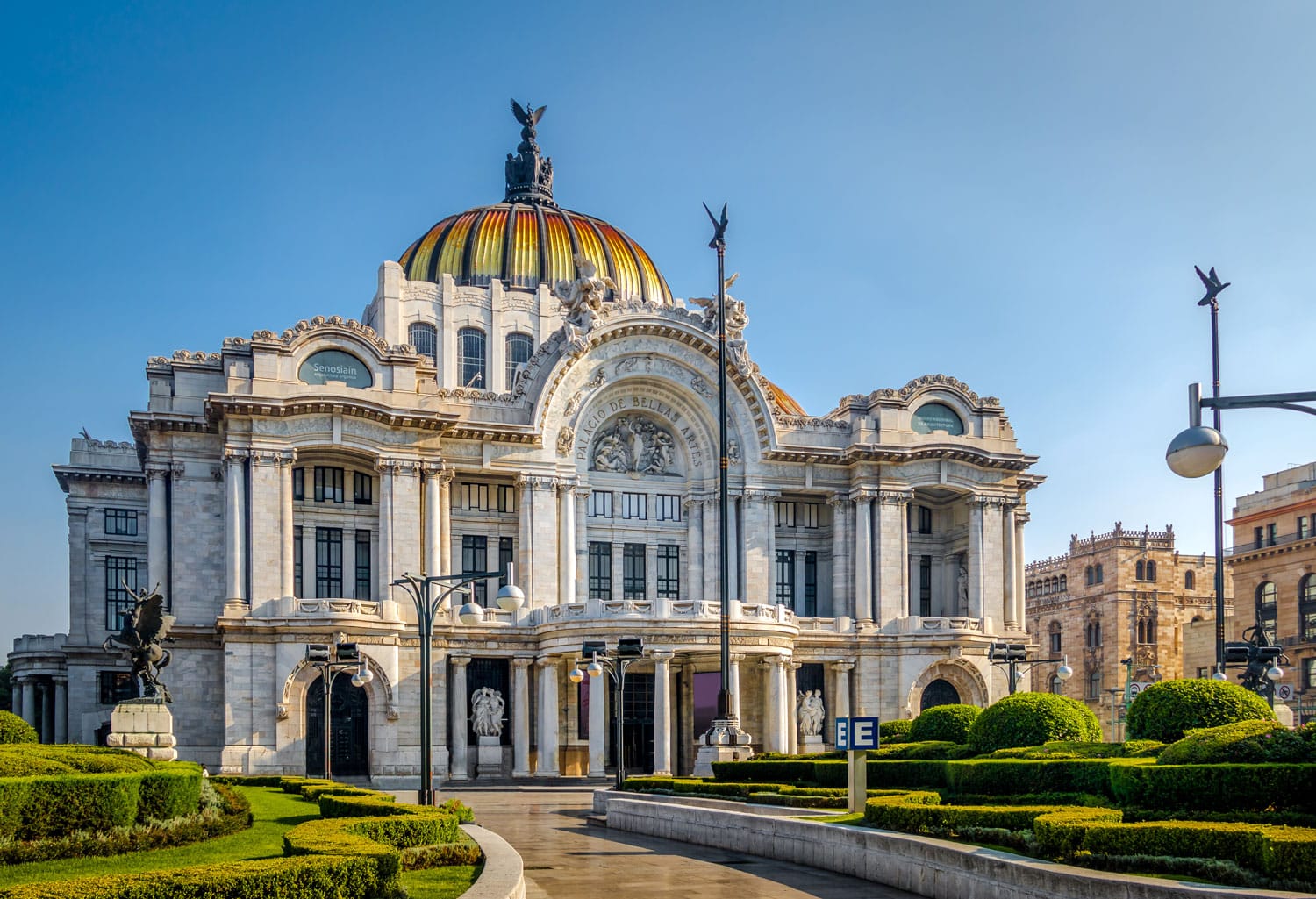
Alameda Park
Next to the Palace of Fine Arts, you’ll find Alameda Park.
This large park is the oldest in Mexico City and was for centuries the playground of the European elite. It’s a more multicultural affair today, and the perfect place for an afternoon stroll.
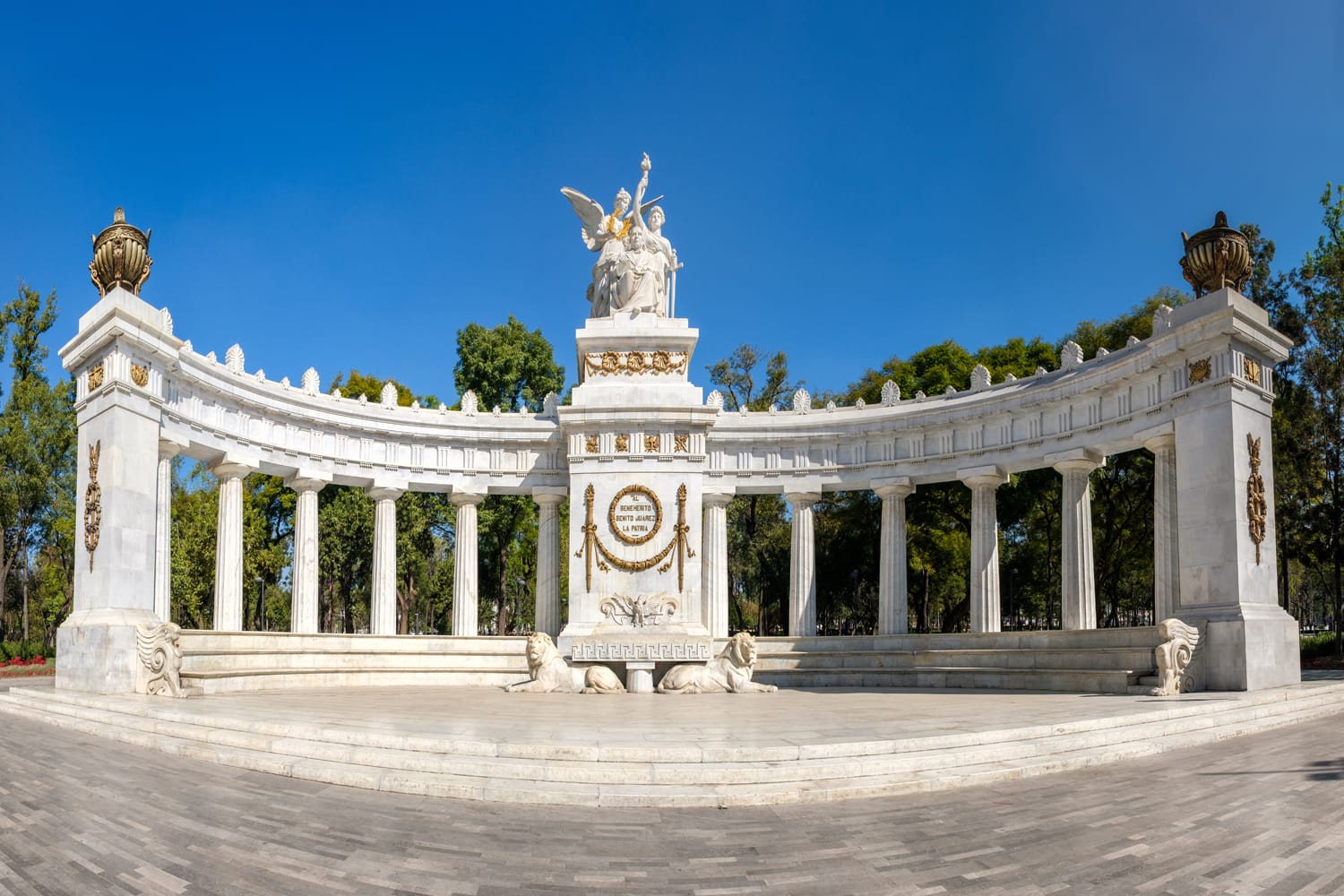
Monument to the Revolution
The towering Monument to the Revolution is a masterpiece of early 20th-century engineering.
This patriotic monument is dedicated to the Mexican Revolution and to independence, and inside you can find a viewing area and museum.
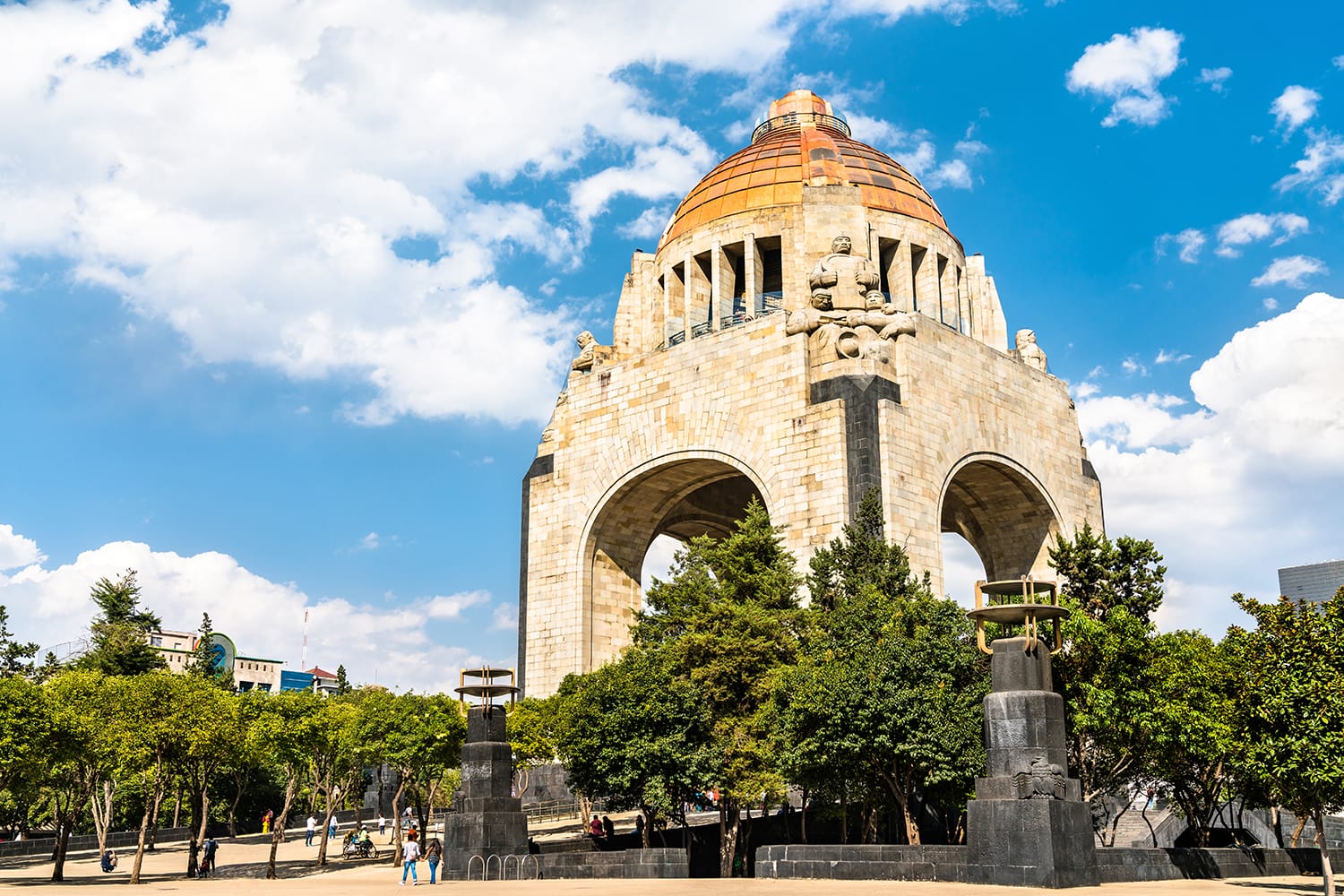
Reforma and La Zona Rosa
From the Monument to the Revolution you can stroll all the way along Reforma, one of the longest boulevards in the city.
On Sundays, the entire street is closed off to traffic and you can pick up a free bicycle rental to help you get around. From Reforma, head into La Zona Rosa, Mexico City’s original tourist district where you can find great restaurants and bars for your first evening in the capital.
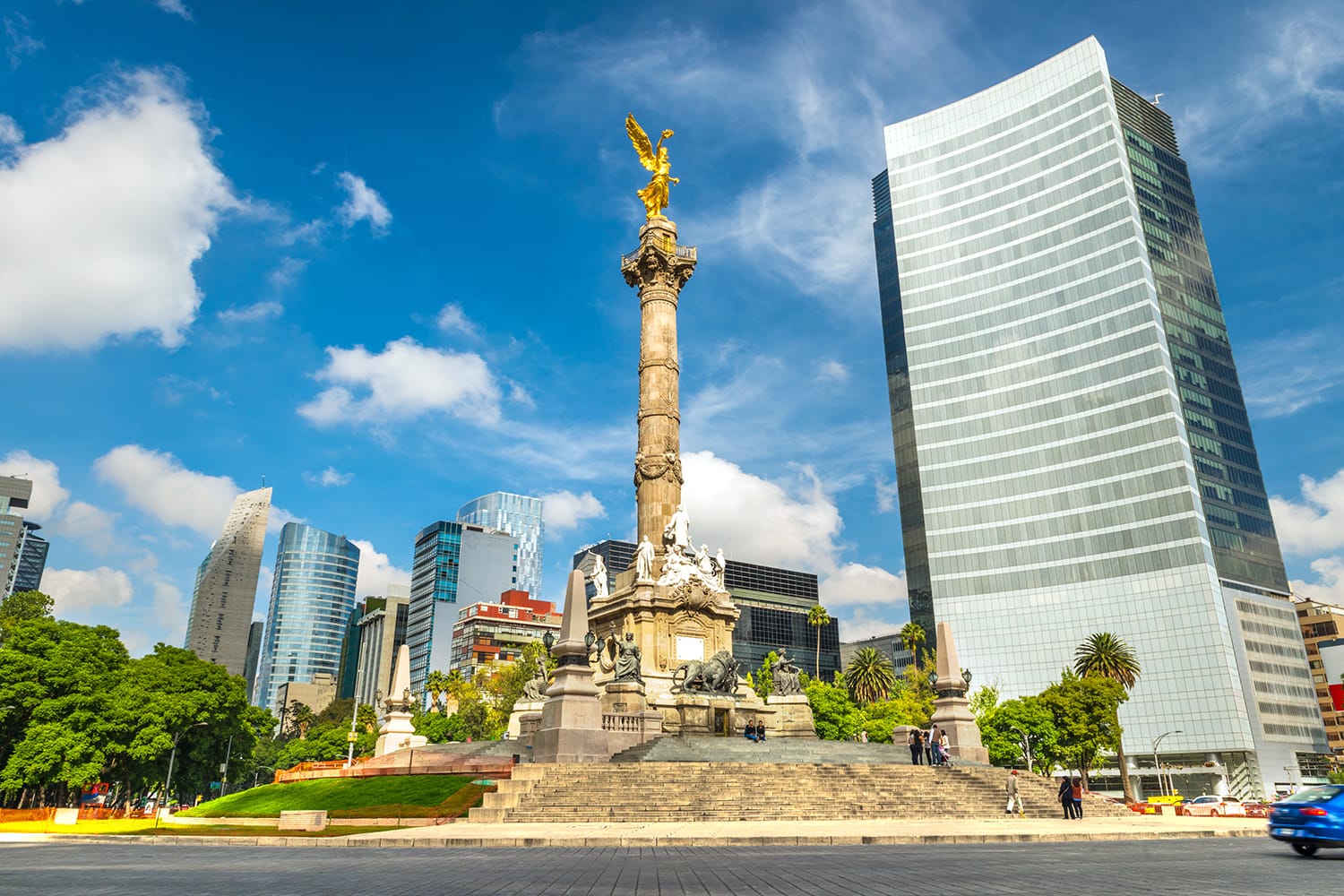
Mexico Itinerary: Day 2
Day 2 will take you further afield, as you visit the iconic Chapultepec Park. Get an early start, because today you’ll need a few hours – at the very least – just to delve into the exhibitions and exhibits at the Museum of Anthropology. And that’s before eating and drinking your way around Condesa.
Chapultepec Park
Chapultepec Park is the best place to escape the buzz of Mexico City.
This large public space is a wonderful spot to start your day, and you’ll want to wake up early to escape the midday heat.
There are fountains, food stalls, and small lakes complete with pedalos, and plenty of space for walking or jogging.
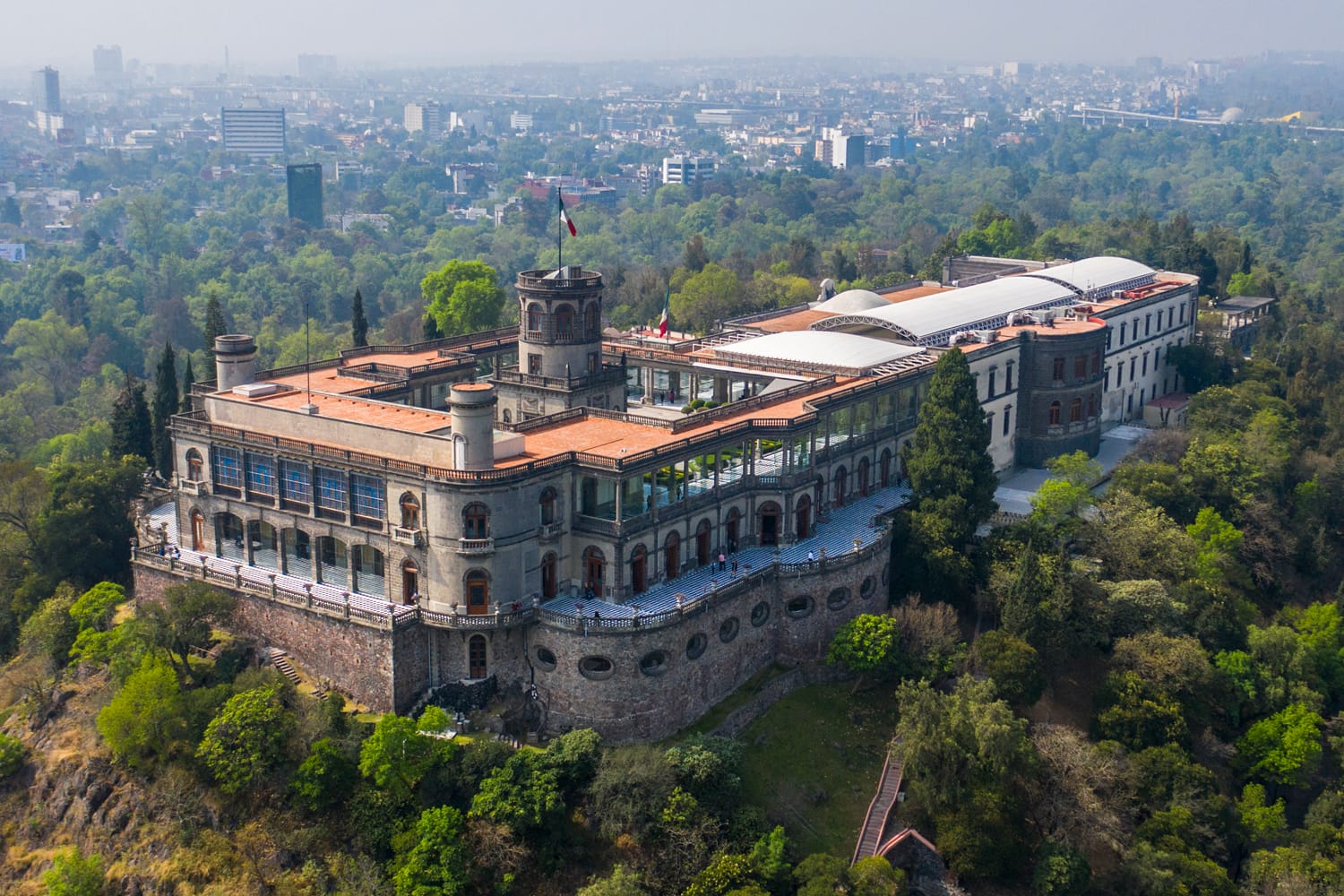
Chapultepec Castle
The centerpiece of Chapultepec Park is Chapultepec Castle.
This iconic building dates back to the 18th century and, along with Iturbide Palace, are the only royal palaces in North America. For many years it was the residence of the emperors of Mexico – the most infamous being Maximilian I of Austria – but today the building is a national museum.
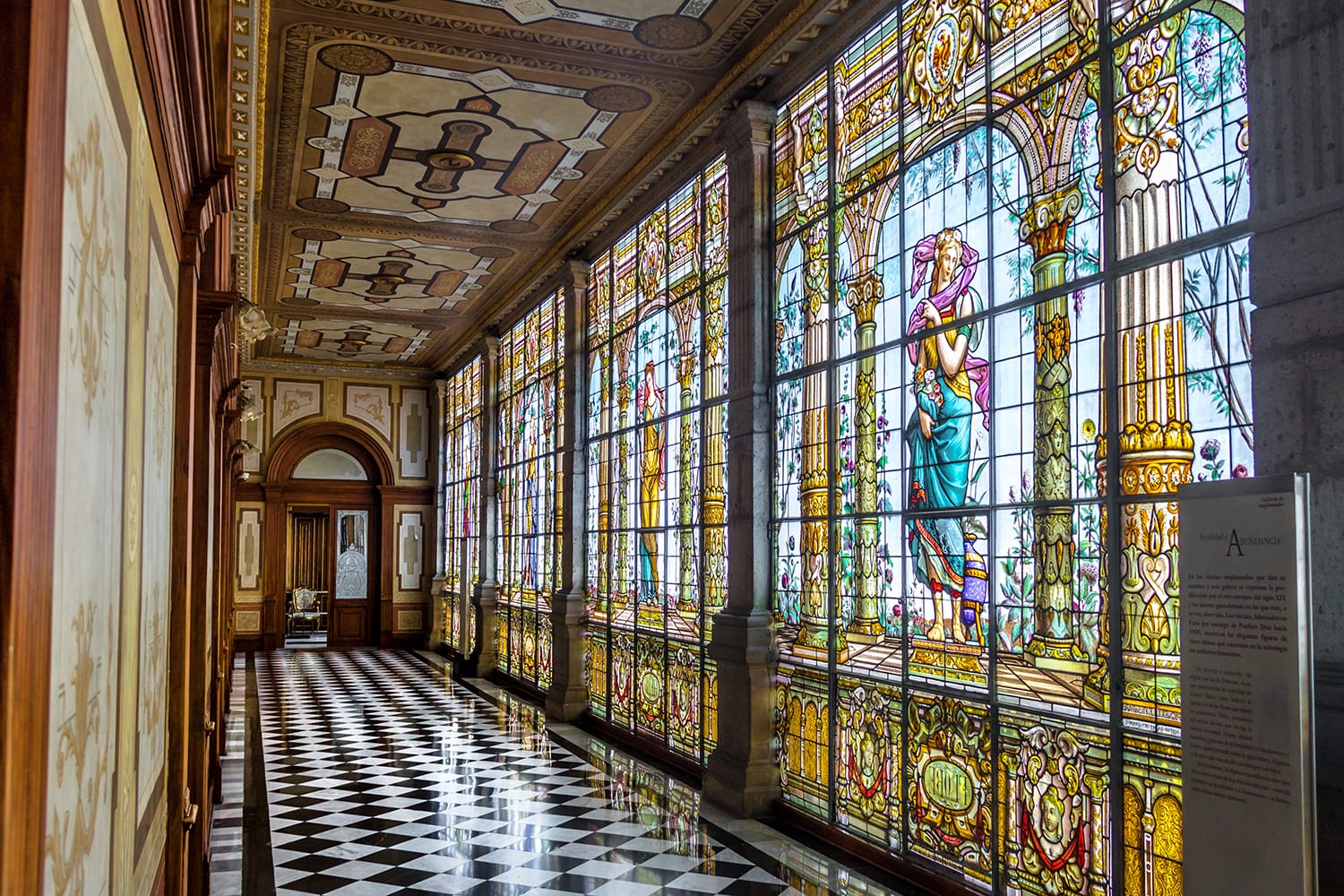
Museum of Anthropology
The vast, sprawling, and detailed Museum of Anthropology is found on the edge of Chapultepec Park, and is one of the largest museums in the world as well as one of the best museums in Mexico City.
The museum attempts to cover almost every aspect of Mexican history, from the Mayans and Aztecs, through to the modern era. The focus, of course, is on the people who make Mexico the diverse place it is today, and there are exhibits on every major ethnic group in the nation.
You need a lot of time to visit every exhibit, so if you’re in a hurry, stick to the downstairs halls, where you can focus on Aztec and Mayan history.
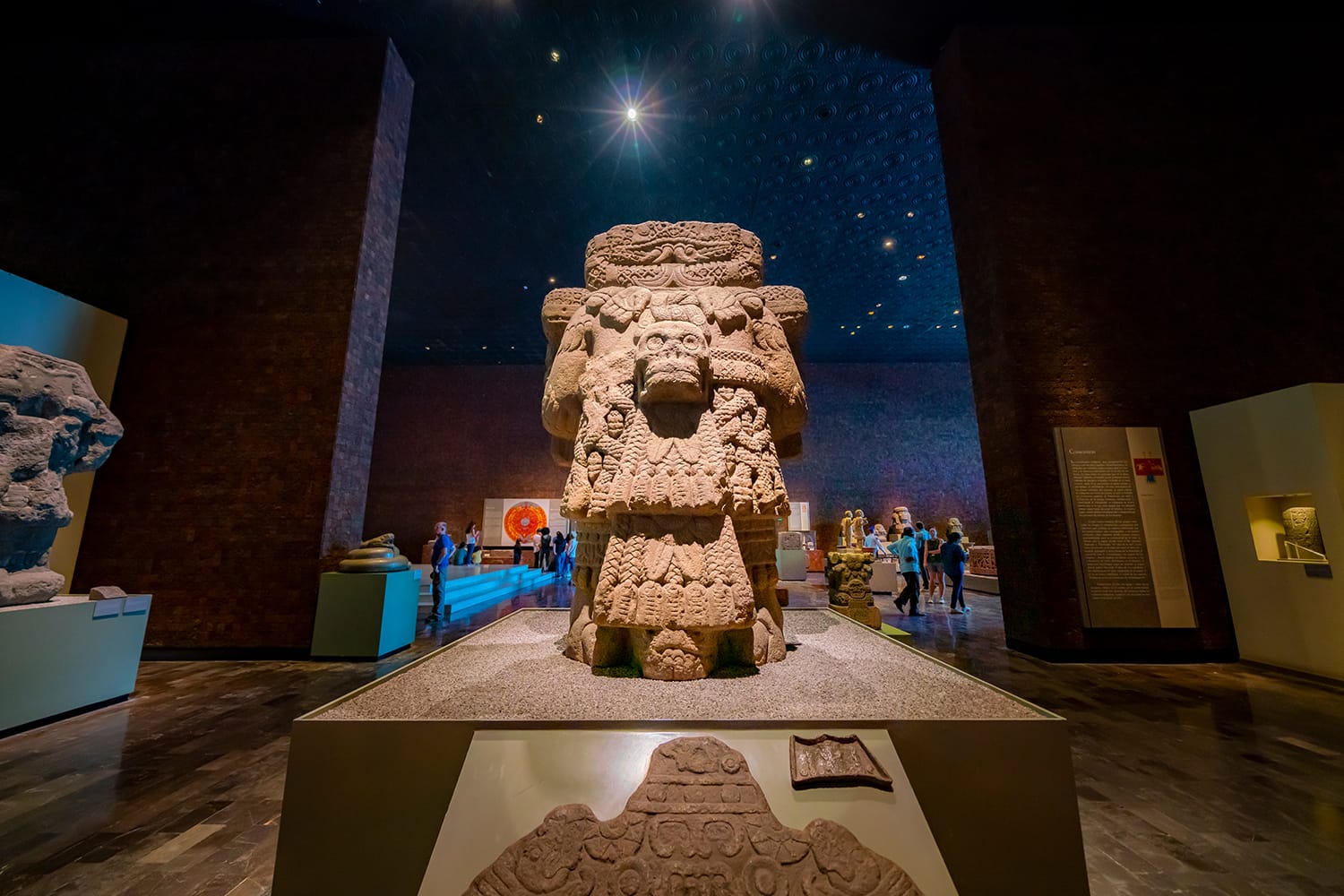
Condesa
It’s likely that even with an early start, you’ll spend much of your second day in Chapultepec Park and the Museum of Anthropology.
When you’re museum-ed out, head over to the nearby Condesa neighborhood. This is the trendiest district in Mexico, home to upscale bars and restaurants and plenty of hip cafes. It’s quite unlike anywhere else in Mexico City, and it’s safe to be strolling around here, even after dark and a few drinks.
Mexico City Itinerary: Day 3
The final day of your Mexico City itinerary takes you to Coyoacan, one of the most historic areas in the capital. You’ll learn all about Frida Khalo and the city’s connection to Trotsky, then you’ll spend your afternoon in Xochimilco, a beautiful area of canals that date back to the Aztec-era.
Coyoacan
If you’re wondering what to do in Mexico City on your third day, look no further than Coyoacan.
Coyoacan is one of the most historic parts of the capital. It is where the infamous Conquistador Hernan Cortes built his home after conquering the Aztec Empire.
Coyoacan is a colorful, ramshackle neighborhood of cobbled streets and colonial buildings, many dating back to the time of Cortes. Take a walking tour in the morning to learn more about the history.
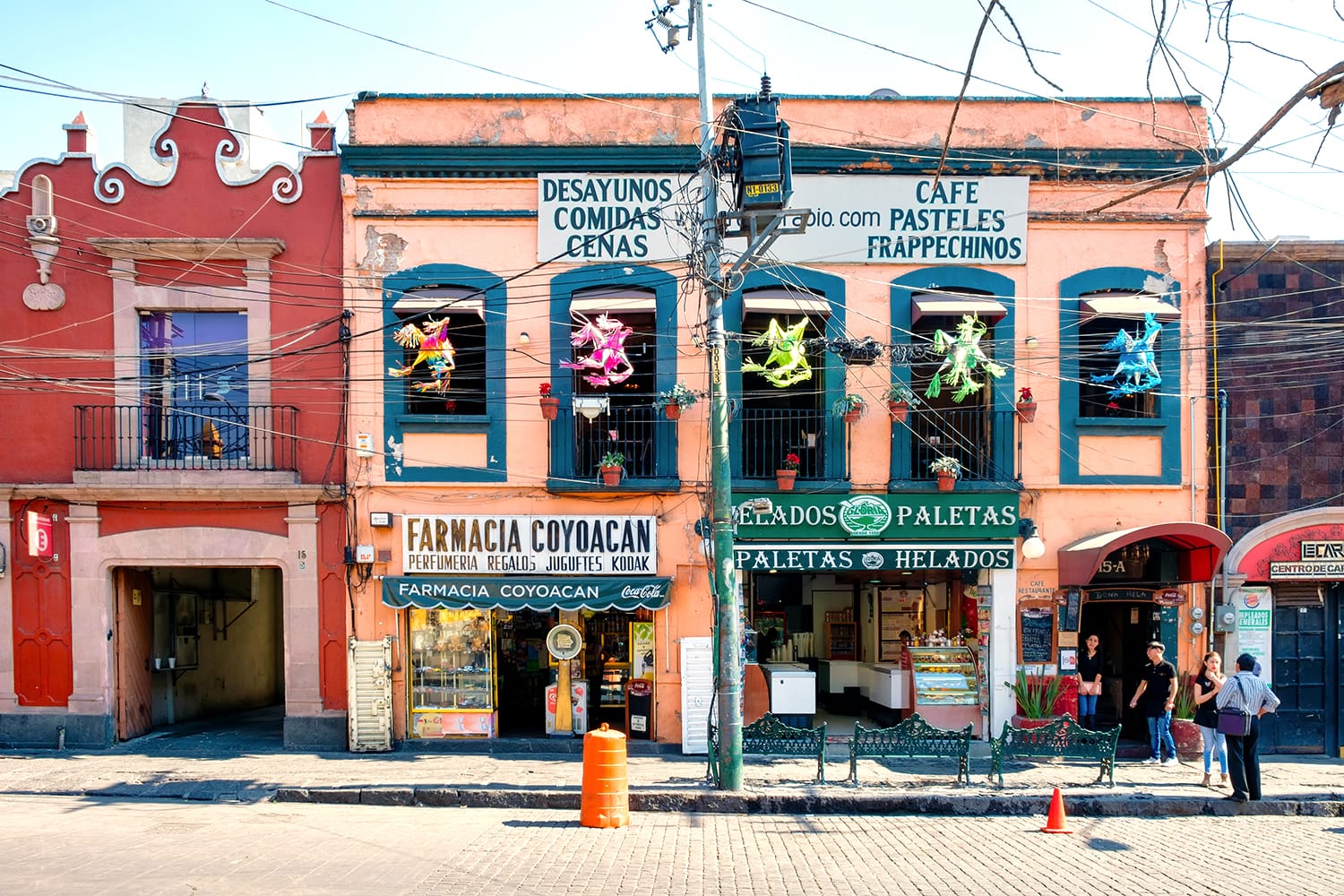
Frida Kahlo House
Coyoacan has had many famous residents over the years, and in the early 20th century the neighborhood became a favorite place for bohemian-types and artists. One of those artists was Frida Kahlo.
The iconic Mexican painter was as well known for her work as she was for her lifestyle and relationships, and her startlingly blue house is today one of the most popular museums in the city. The queue to get in often tails all the way along the street, so try and get there early.
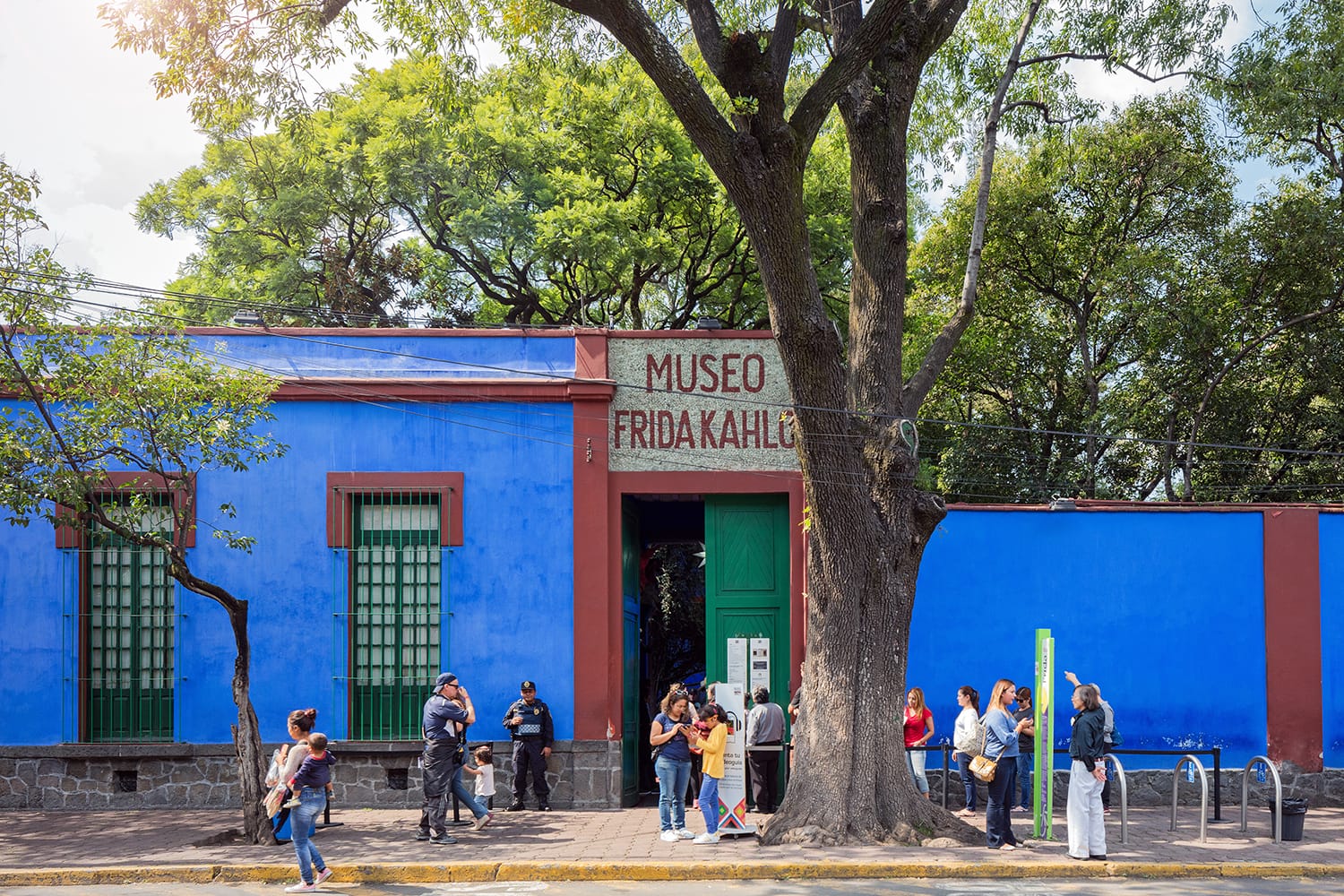
Trotsky House
Another famous Coyoacan resident was Leon Trotsky, who fled to Mexico City when he was exiled from the Soviet Union by Stalin.
The house where he lived in exile is now a museum that looks at his life and the connections between Mexico and the Soviet Union. Be warned though, the museum might be too grizzly for some, as this is where Trotsky was assassinated by Soviet agents.
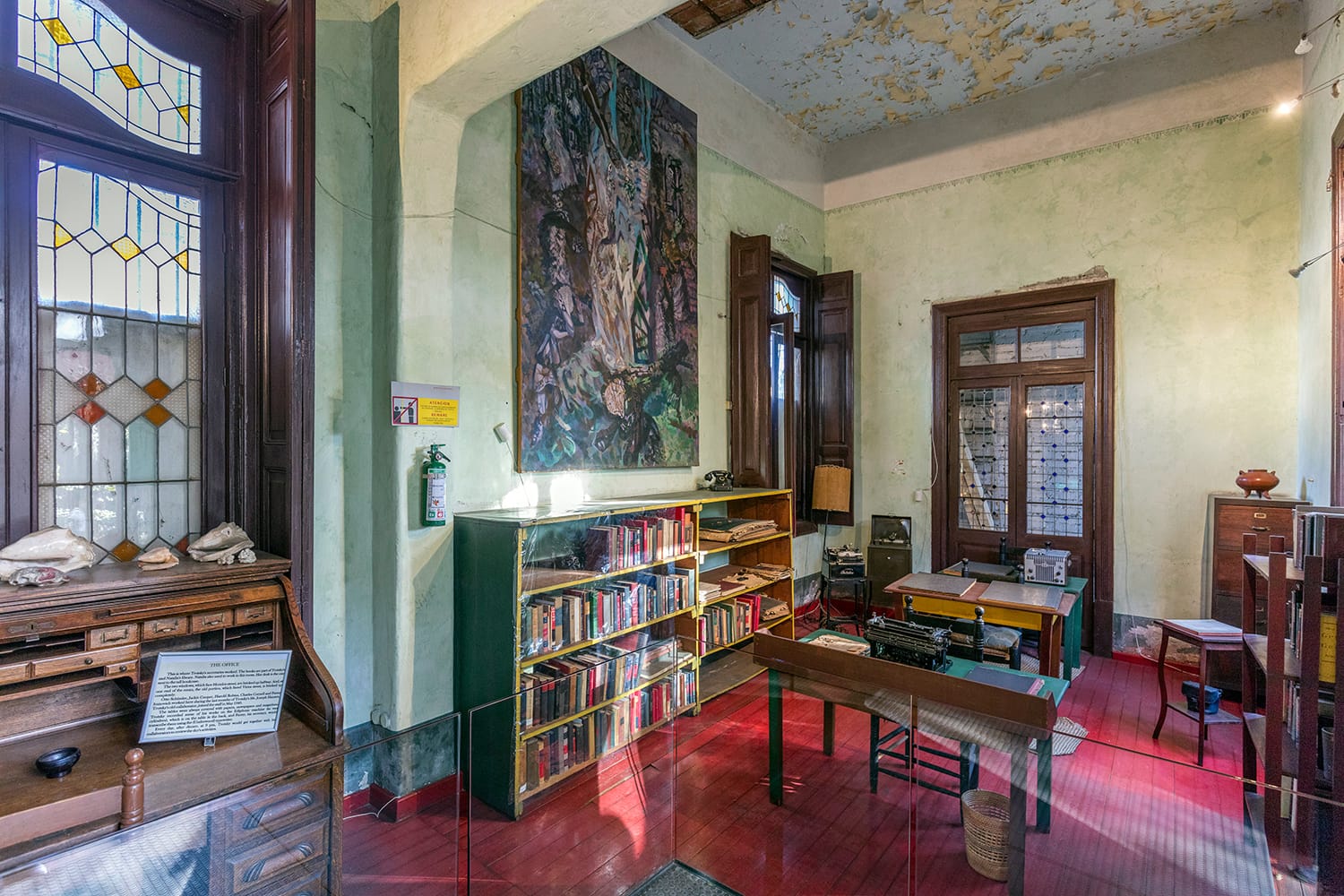
Xochimilco
In the afternoon it’s time to end your 3 day Mexico City itinerary in style, with a visit to Xochimilco.
Located on the edge of the city, Xochimilco is a dense network of canals that were originally built by the Aztecs. It’s a beautiful destination and one that differs immensely in comparison to the dense urban sprawl of the rest of the capital.
At Xochimilco you can hire a boat and are then guided through the canals by the locals. On the way you’ll pass by restaurants and bars and will have the chance to buy everything from tacos to margaritas from the floating salesmen.
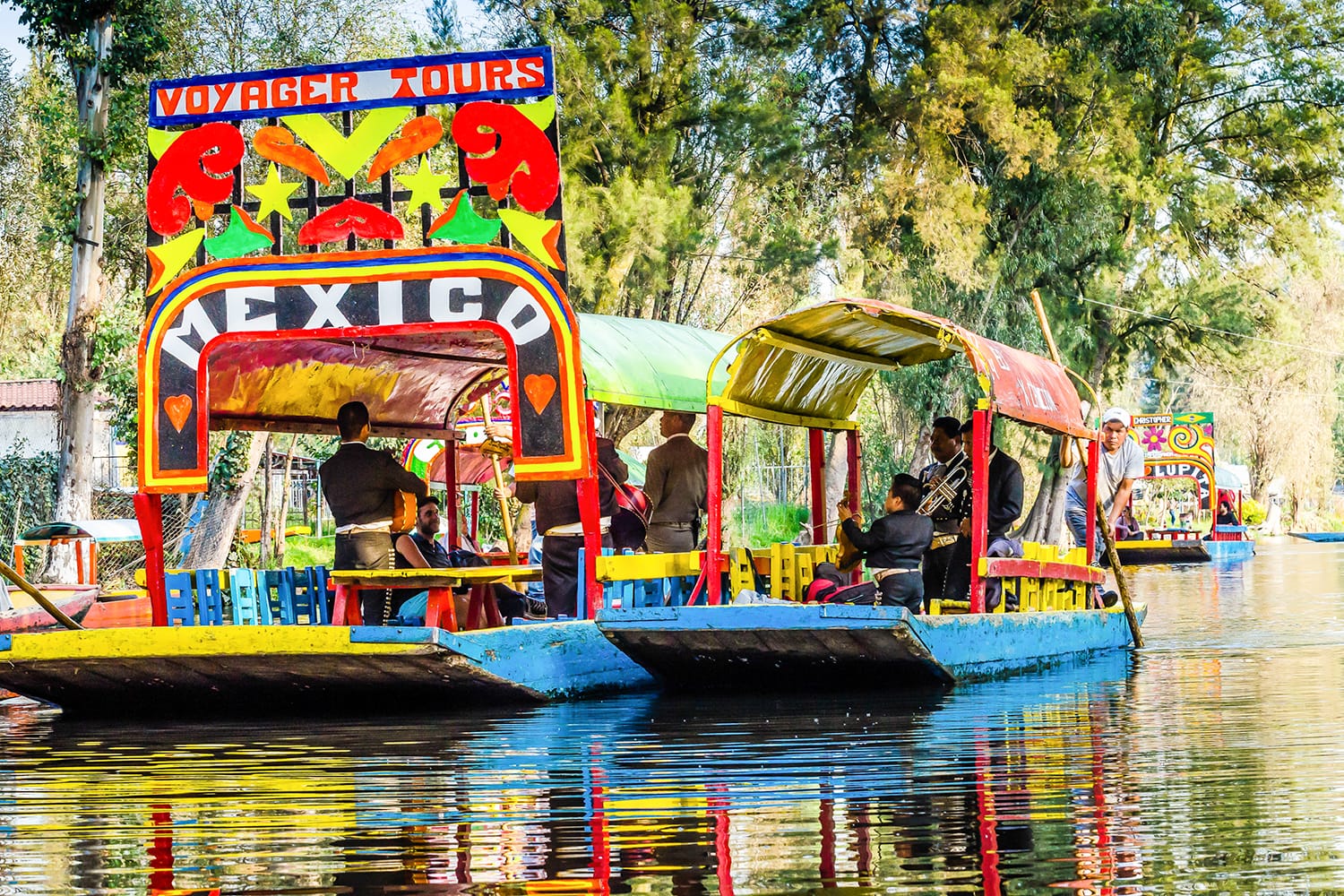
Mexico City Itinerary: Day 4 and Beyond
If you have more than 3 days in Mexico City, one of the best places to visit in Mexico is Teotihuacán. This ancient archaeological site is where you’ll find the Pyramids of Teotihuacan, a place built by the Aztecs, in tribute to their gods.
It’s an astounding sight, but it takes at least an hour to get there by bus from Mexico City’s northern bus station, then you’ll need at least half a day to really make the most of this historic place.
To get the most out of this pre-Hispanic city, it’s best to visit on a guided day-tour. You can book a Teotihuacán day-tour here.
You can read more about this ancient city in our detailed guide on how to visit Teotihuacan from Mexico City.
For even more inspiration on what to do with a few extra days in Mexico City, take a look at our guide to the best day trips from Mexico City.
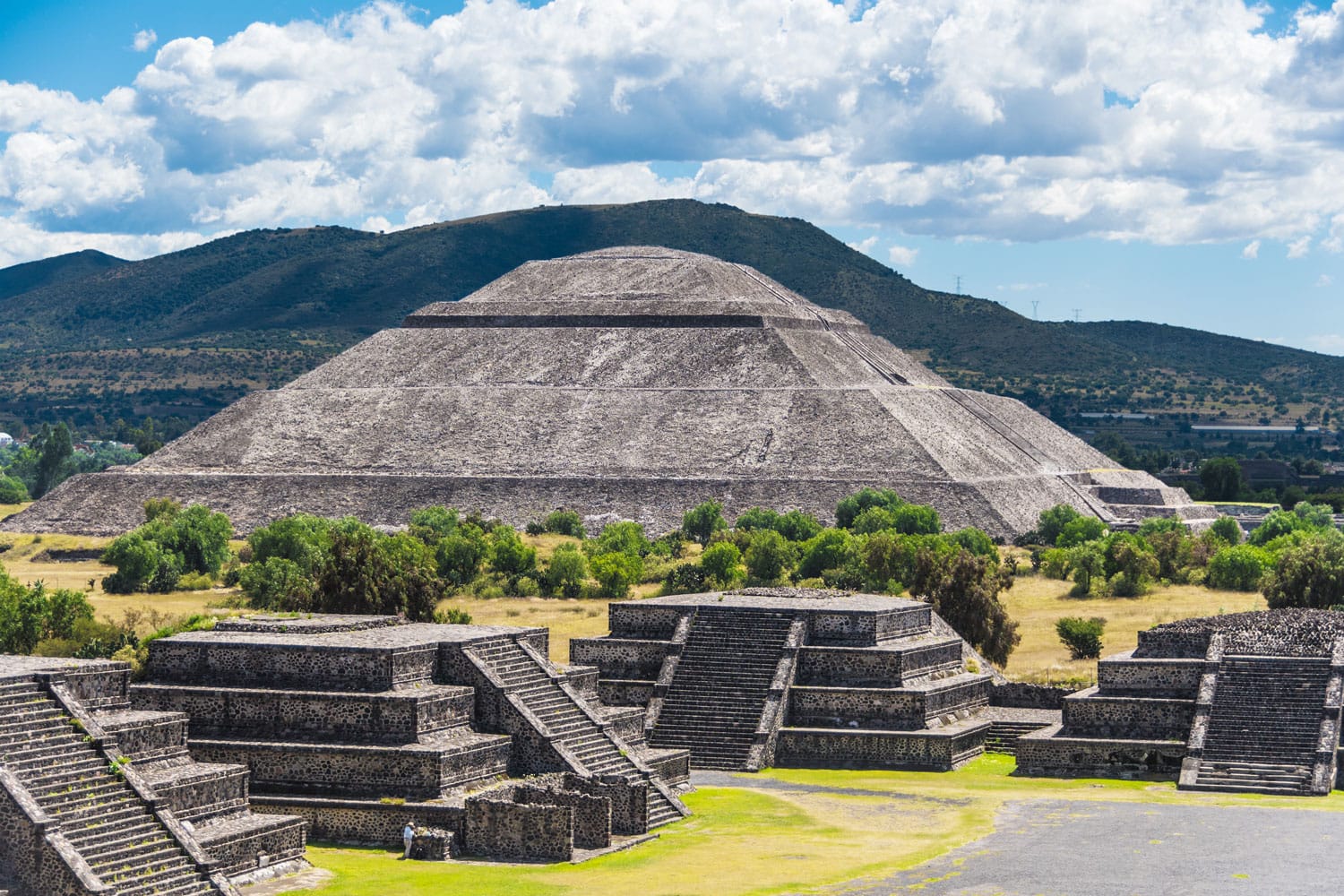
It’s impossible to see all of the capital in just 3 days, but you can still see the best of Mexico City in a long weekend. This sprawling metropolis is the heart and soul of modern Mexico and you’ll quickly realize just how different and diverse it is in comparison to other popular Mexican tourist destinations.
Our Mexico City travel itinerary takes you through the Mexican capital’s highlights, from the Centro Histórico to Coyoacán and Condesa, but don’t forget, there’s always more waiting to be discovered!
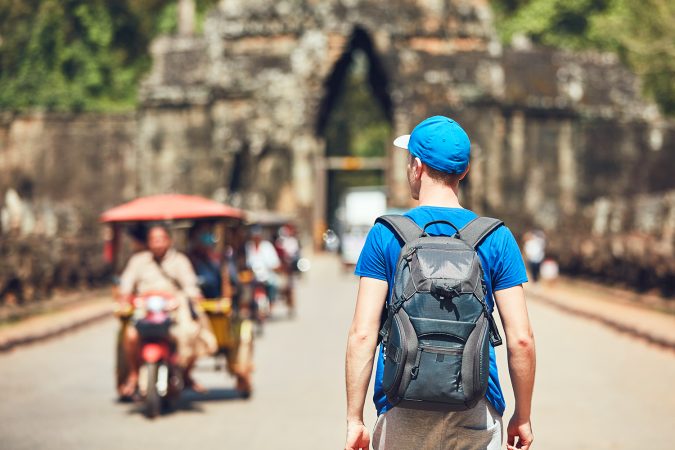
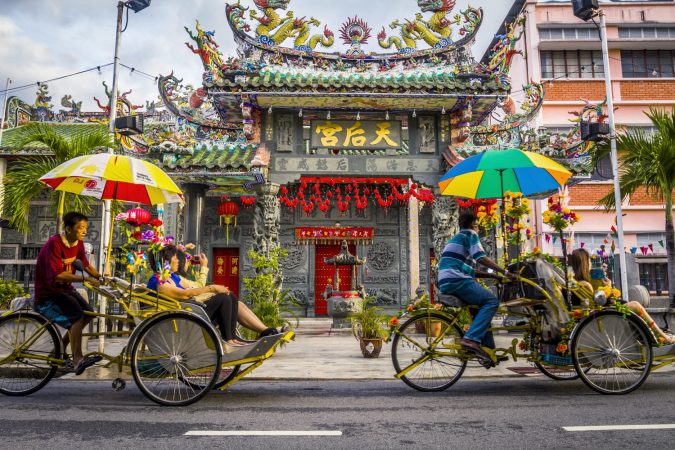
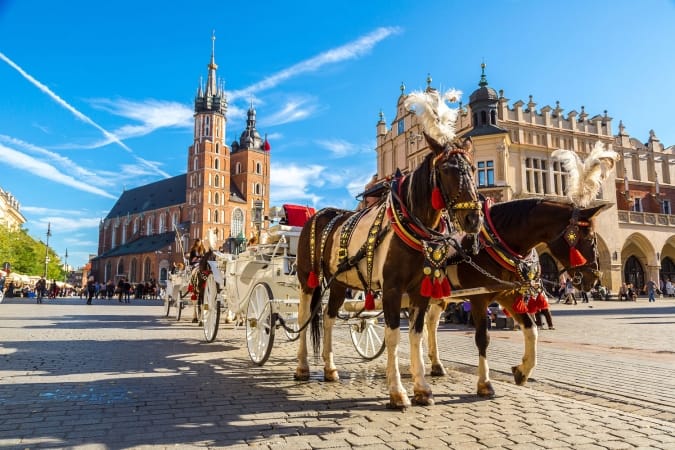
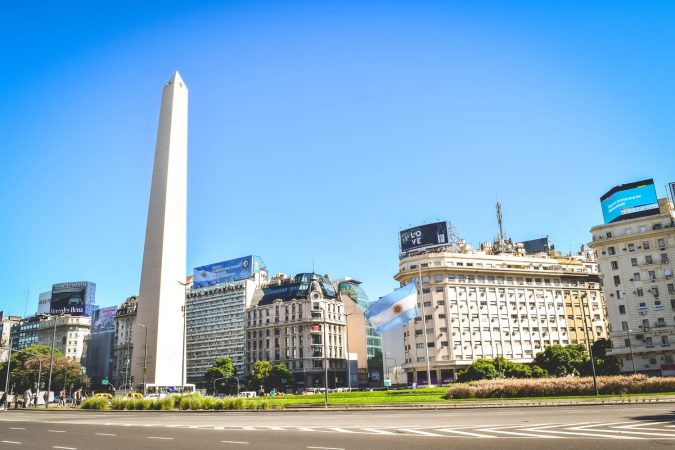
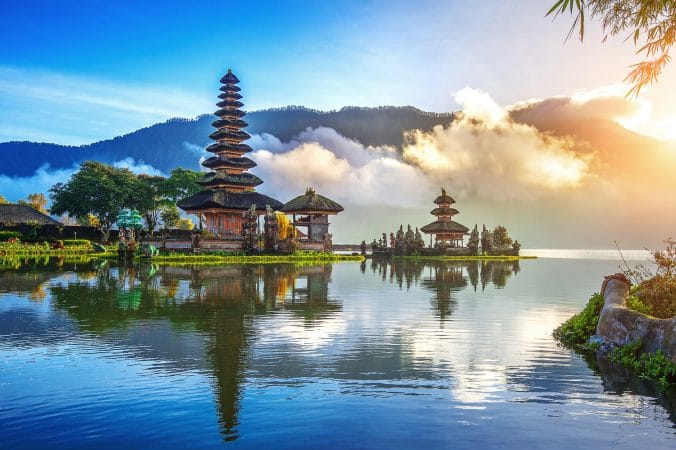
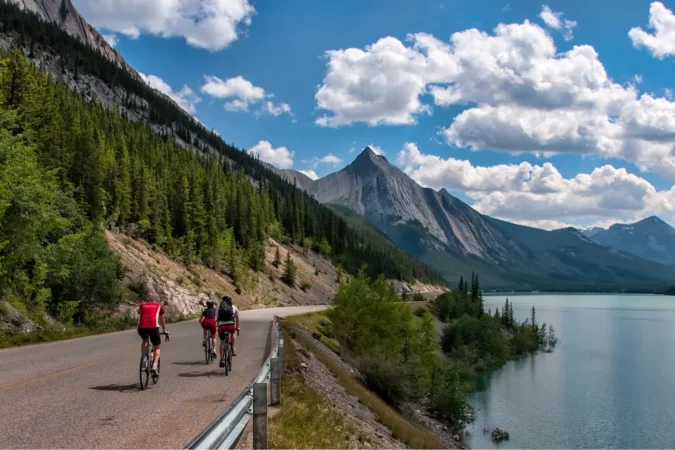
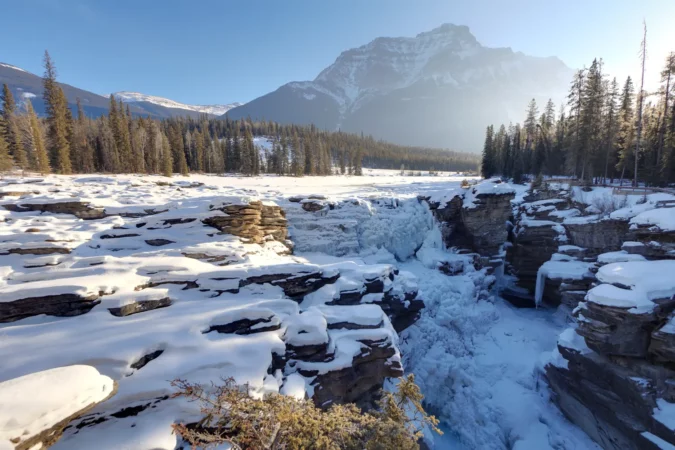
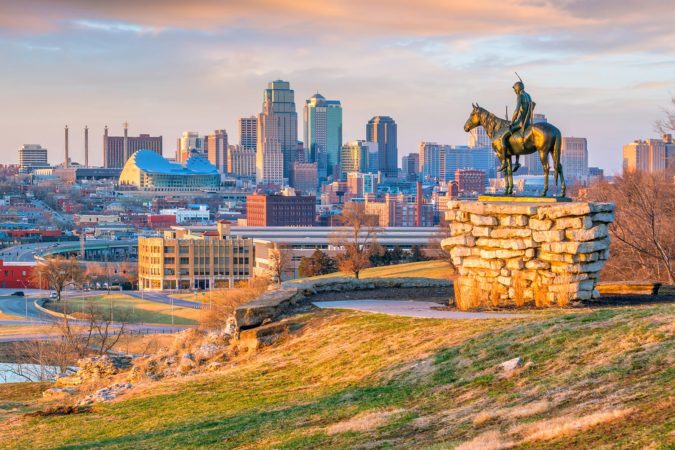
Comments